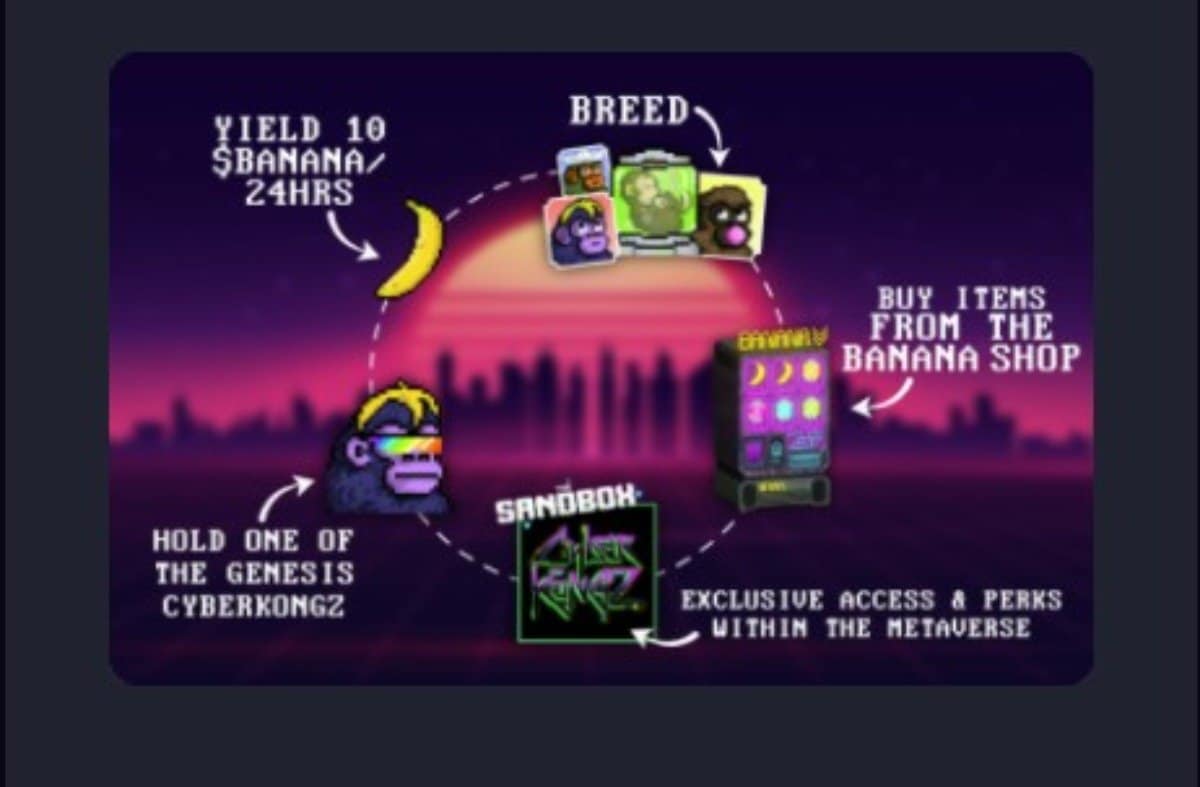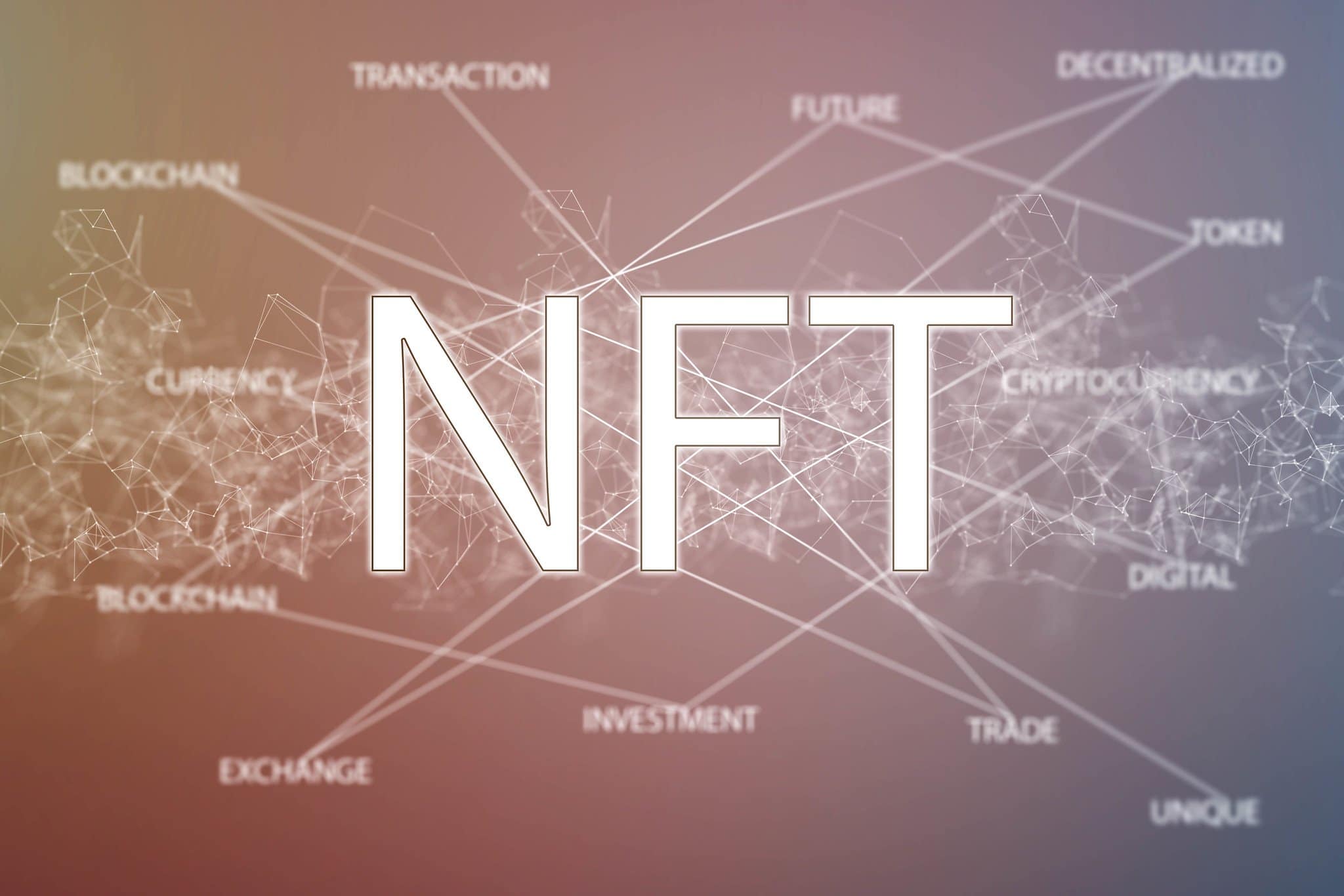2021 has seen some people make a lot of money buying and selling NFTs. As a matter of fact, the number of high ticket sales this year has no doubt driven the surge of interest in the NFT market. But with that growth comes new ways to earn without simply trading in the market. That’s right – we’re talking about passive income.
In this guide we’re going to explore the basics of ways to make passive income using NFTs. That means no timing the market, no anxiously watching floor prices, nor any of the other things that one has to keep a constant eye on when trying to make money through trading NFTs.
So let’s jump in and learn all about the passive income opportunities in NFT world!

The Simplest Way? Buy An NFT That Generates Passive Income!
There are a number of NFT projects that exist that have different ways for their owners to earn passive income. The main way that they do this is by giving owners project tokens for staking (more on that later!) or simply holding the NFT.
Those project tokens can then be used within the project for things like minting new collections, or in-game features for NFT games. Thus, this utility gives these tokens value.
One of the first projects to do this was CyberKongz. The genesis from this collection were the first 1,000 NFTs and mostly minted for 0.01 ETH in March 2021. Holders of the genesis CyberKongz get 10 $BANANA tokens, every day for 10 years (from the time of mint).
Now it’s important to note that the CyberKongz team stresses that $BANANA is only a token for the CyberKongz ecosystem and has no economic value. Even so, it is possible to sell the token on some exchanges.
To be sure, a genesis CyberKongz NFT would be out of most people’s price range (66.69 ETH – around $260,000 – is the current floor price) . However, there are a number of newer, more affordable projects that work with similar models.
That being said, buying any NFT that promises passive income through tokens can be quite risky. Some projects promise tokens and never deliver. Others deliver tokens that don’t end up being worth much, if anything. And so, as with everything crypto-related, it is very important to do plenty of research before deciding to buy.

NFT Yield Farming
So all of the different methods of passive income we’re about to dive into fall under the larger umbrella of “yield farming”. Simply put, NFT yield farming is when you use different protocols of decentralized finance (DeFi) to get the best possible yield from your NFT without selling it.
Think about a regular bank account. You deposit money into it, effectively loaning that money to the bank. In return, you earn an interest yield from the bank. This yield depends on how much money you put into the account and the annual percentage rate (APR) the bank offers.
At a basic level, yield farming with NFTs works similarly to that kind of loaning. You put an NFT somewhere and you earn interest on it, until you pull the asset out. Where it gets more complex is the way in which you do it. Not to mention that different yield farming techniques are interconnected and can be done with one single NFT.
So lets describe some of the different ways to yield farm involving NFTs.
Passive Income through Renting/Lending NFTs
This is probably the simplest one to understand. You rent out your NFT for someone to use for a given amount of time and you make money from the rental fee that they pay you.
While it may be incredibly simple, there are limited use cases for this in the early days of NFTs. Sure, if you have a high value NFT then you may be able to rent it to an art gallery, for example. But this might not be the best option for the average NFT owner, at least right now.
Making Money Through NFT Staking
Earlier we mentioned staking NFTs to make passive income through project tokens. Staking a token basically means that you lock up that token, taking it out of circulation. This token can be a cryptocurrency, or an NFT.
Passive income by this method comes through “staking rewards”. When you stake crypto, this is usually a fraction of the token that you stake. When you stake NFTs, the rewards come via some other token.
The downside of staking a token is that you cannot use it for a period of time. The upside is that the APRs are generally way higher than what you would get from any bank savings account. So even though you can’t sell your NFT until that staking period is over, you’re getting a relatively high return on it in the meanwhile.
As mentioned above, some projects actually allow owners to stake their NFTs with the project itself in return for project tokens. Indeed, staking is very popular in NFT games with play-to-earn mechanics.
There are also a few platforms that handle NFT staking. Some platforms will allow you to stake certain NFTs that you own. They are the ones who decide how much your NFT is worth, and thus the annual percentage rate (APR) that you will earn by staking it. It’s even possible to mint or buy tokens representing NFTs that other people have staked.
One popular such platform that allows for staking is NFTX. We’ve previously talked about how NFTX allows users to buy fractionalized NFTs of big collections like The Bored Ape Yacht Club and CryptoPunks. Well, those fractionalized NFTs come from NFT owners who have staked their NFTs in an NFTX vault.

Mint LP NFTs By Providing Liquidity
Providing liquidity actually builds on the staking method we just broke down. By the same token, lets start with how it works in DeFi, then apply it to NFTs.
Decentralized exchanges (DEXs) are platforms that allow users to trade different kinds of cryptocurrencies. In order to do this, they need people to provide the funds (i.e. liquidity) that will be used in currency trades.
The way DEXs get these funds is through liquidity pools. When users stake their tokens in a pool, they become liquidity providers (LPs) and receive an NFT called an LP token. The LP token represents how much the owner staked. What’s more, LPs will need to stake two different kinds of tokens to join a pool.
The passive income benefit for LPs comes from the transaction fees that the DEX receives from people trading tokens. To clarify, anytime someone trades on a DEX they must pay a transaction fee. Then, some (or all) of that transaction fee goes back to the LPs. The amount of the fee you get back depends on how much you put in, compared to how much is in the total pool.
So with the NFT version, an NFT owner would simply stake both an NFT and some cryptocurrency, likely ETH or SOL depending on the NFT and platform. And instead of a liquidity pool for exchanging currency, this might be a pool for buying and selling fractionalized NFTs.

The Passive Income Opportunities In NFTs Continue To Grow
The NFT market is set to reach $17.7 billion by the end of 2021. That is to say that NFTs are here for real and interest in them is not going away.
As more and more people learn about NFTs there will be more opportunities to make passive income from them. Not only in the ways we’ve explored in this guide, but also in ways that will come into play in the near future.
Are you tired of missing important NFT drops?
Just check out our NFT Calendar !
Subscribe to our hot social media and don’t miss anything else
If you’re old school :
All investment/financial opinions expressed by NFTevening.com are not recommendations.
This article is educational material.
As always, make your own research prior to making any kind of investments.
Owners, holders, fans, community members, whales… Want to boost this article by featuring it on top of the Homepage? ==> Contact us!






















Comments (No)